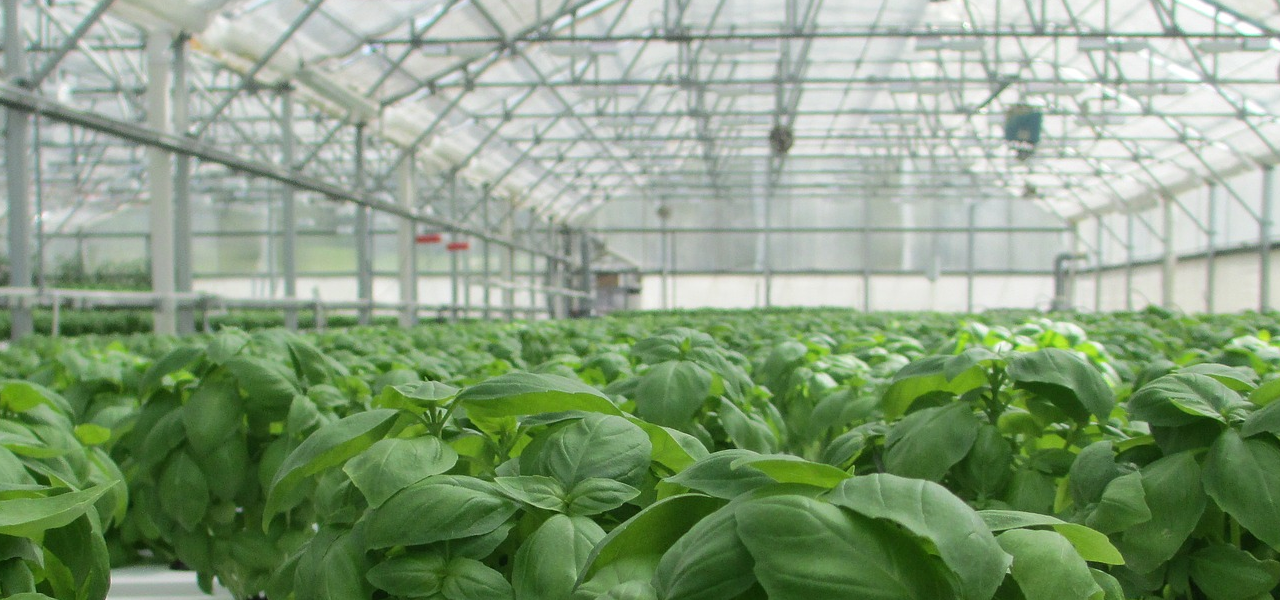The global market for medical cannabis is expected to reach $130 billion US. This growth has come very rapidly and many cultivation companies are still working out the details of what is the best way to grow medical cannabis.
Until the Canadian Cannabis Act in October 2018, cannabis was only allowed to be produced in indoor facilities, but now cannabis cultivation can be done anywhere. While there is no standard, it is rapidly becoming clear that the best way to grow medical cannabis is through open-air greenhouses. These are massive areas with little coverage that utilize the elements of their environment to create as close to a natural growing process as possible. Natural light, rainwater, pollination, and nutrients all come from the outside world, instead of expensive infrastructure that is prone to failure and human error.
Here are the biggest reasons why outdoor, open air greenhouses are the best way to grow medical cannabis.
Cost
Picture a pharmaceutical lab in your head. What do you see? Workers in clean suits tending to clear glass boxes, bright lights, expensive gases in sealed containers. While cannabis doesn’t require as much processing, indoor medical cannabis growing operations still cost between $1 and $3 per gram. Outdoor growing, on the other hand, could cost as little as 20 cents per gram.
With an outdoor greenhouse, there is no need to buy expensive lamps or watering systems as everything comes from nature. While the reduction of these up-front costs is significant, the long-term benefit is greater: due to natural light and water sources, outdoor, open-air greenhouses require little power.
It’s not just infrastructure: all those workers in clean suits need to get paid. Plants grown in an open-air facility require much less attention and therefore fewer workers tending to the day-to-day health of the plants.
Increased Volume
Indoor plants are smaller because the cramped conditions of indoor greenhouses give them less room to grow. The volume of crops is significantly smaller as well, due to the sheer cost of providing enough growing space in an indoor facility.
Sativa plants can grow up to 12 feet tall– difficult to allow when under a firm roof. Outdoor plants will grow bigger than indoor ones, with significantly less energy required, and crops grown in tropical climates allow for as many as five harvests a year.
Holistics
This is a difficult point to quantify but an important one. One of the things that make medical cannabis products attractive to many of those who use it is the more natural feeling compared to traditional pharmaceuticals. Cannabis grown in large indoor facilities is an attempt to create a pharmaceutical product out of a naturally growing plant, to impose control over nature. Some say this eliminates the purity that makes medical cannabis attractive in the first place.
While consistency of the product is important, it can be of equal benefit to present a holistic product. Working with the natural tendencies of the cannabis plant is far more realistic and produces a more diverse, profitable product, highly valuable to those looking for a natural quality to their medicine.
Lighting
Indoor greenhouses require complicated and expensive lighting systems to simulate the natural effects of the sun: Sunrise and sunset times & seasonal changes in light power and intensity require immense infrastructure to simulate. Growing outdoors in a tropical climate, like Colombia, provides four growing seasons per year and 12 hours of daylight along with 12 hours of darkness daily, year round. No need for expensive lights and climate controls!
Environmental Benefits
The increased acceptance of growing medical cannabis has come along with concerns about the environmental impact of mass agriculture. With open-air greenhouses, not only does the natural accumulation of rain and access to local water sources make it unnecessary to pump water across a long distance, it does not put a strain on the local water table. Additionally, all those open-air plants contribute to the natural carbon dioxide process. Just like a small forest, the thousands of cannabis plants convert CO2 into oxygen.
Mark Spear, the founder of Burnstown Farms Cannabis Company, says “Indoor [grows] are going to become dinosaurs in the next five to 10 years.” As the market grows to meet the increasing demand for medical cannabis, so too will the knowledge of how to do so in the most efficient and profitable manner. While indoor greenhouses may be more desirable for regions with unstable climates, those cannabis cultivation facilities that are built in warm climates, like the tropical climates of Latin and South America, allow for energy efficient, low cost, environmentally holistic open-air greenhouses that produce big, healthy, high-producing medical cannabis plants.


